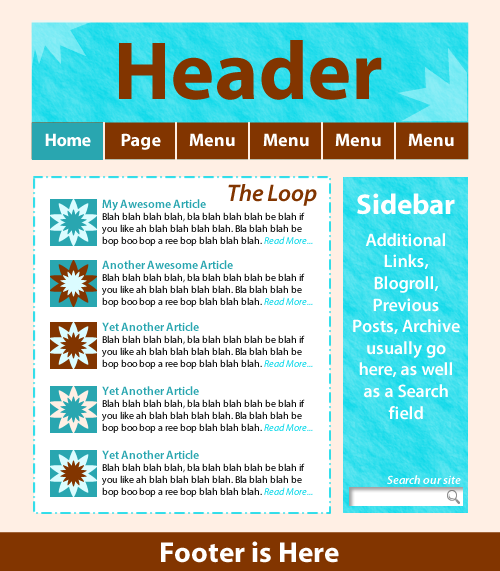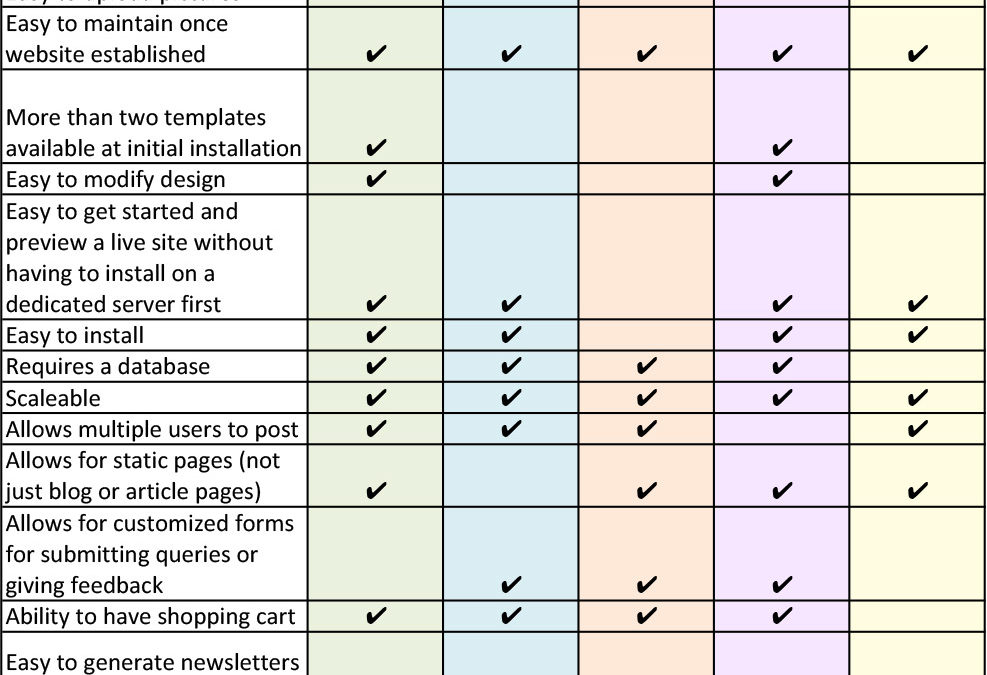Technical Blog

Developing WordPress Plugins
Plugins are a big reason why Wordpress has gotten as powerful and as popular as it has, for they extend the functionality of Wordpress in many different ways, including adding shopping carts, boosting SEO ratings, adding widgets and calculators to make conversions, etc.

What’s In a WordPress Theme?
When you look at a webpage, you see it as one page, with various elements (masthead, footer, content area, sidebar, etc.), and in straight html, you code it as one page, with the DOCTYPE declaration at the top, opening and closing tags for various parts of the page. With themes, though, these parts are divvied up and each one becomes their own page, functioning under a model similar to the Model View Controller.

Server Side Installations of Content Management Systems
This blog article looks at server-side install for three different content management systems: Wordpress, Drupal, and Concrete-5. The process for each CMS was the same, starting out. Create a database (this can be set up through Cpanel with MySQL databases or through PHP MyAdmin, depending on how your Cpanel is set up, security-wise). Create a user-admin for that database. Make a note of the user and password you used to create the database, and store that somewhere–you will be using it later! Download the CMS from whatever web page hosting it (i.e. drupal.org, wordpress.org.) and uncompress the zip file.

Delving Deeper into WordPress
The term “blog” comes from “web log,” which, similar to the “Captain’s Log” made famous by Star Trek, is merely a series of articles or posts or entries chronicling something ongoing, similar to a diary, but out in the public eye, for everyone to see. Content is not limited to merely personal journals, but pretty much any subject you can imagine (including a Technical blog!). Essentially, it’s self-publishing, for the web.

Content Management Systems, Take 5…
The rise of content management systems, or “CMS” (as I will hereafter refer to it), has enabled many people to start webpages, particularly blogs, by themselves, without having to learn any technical knowledge or programming languages, or even design. All they have to do is provide content, and BINGO! instant gratification new website created–in many cases without even needing to set up a hosting account. It has never been so easy for a novice to set up a web page, and have it look fairly decent (thanks to templates). Why? All because of Content Management Systems.

Keeping Your Code “up to Code”
When landlords of older houses hear the phrase “up to code,” they shudder, because if the City singles them out to pass inspection to make sure their rental property is up to code, it often means some expensive or tedious repairs within a short timeframe. But luckily, good coding doesn’t involve expensive materials or labor (unless you’re hiring someone else to do it), but organization, logic, and attention to detail (and of course, knowledge of the language in which you’re coding). It also helps to use which language is most appropriate for the task. For instance, avoid writing a lot of styles into the HTML–save that for the CSS, which is much more powerful at styling.
